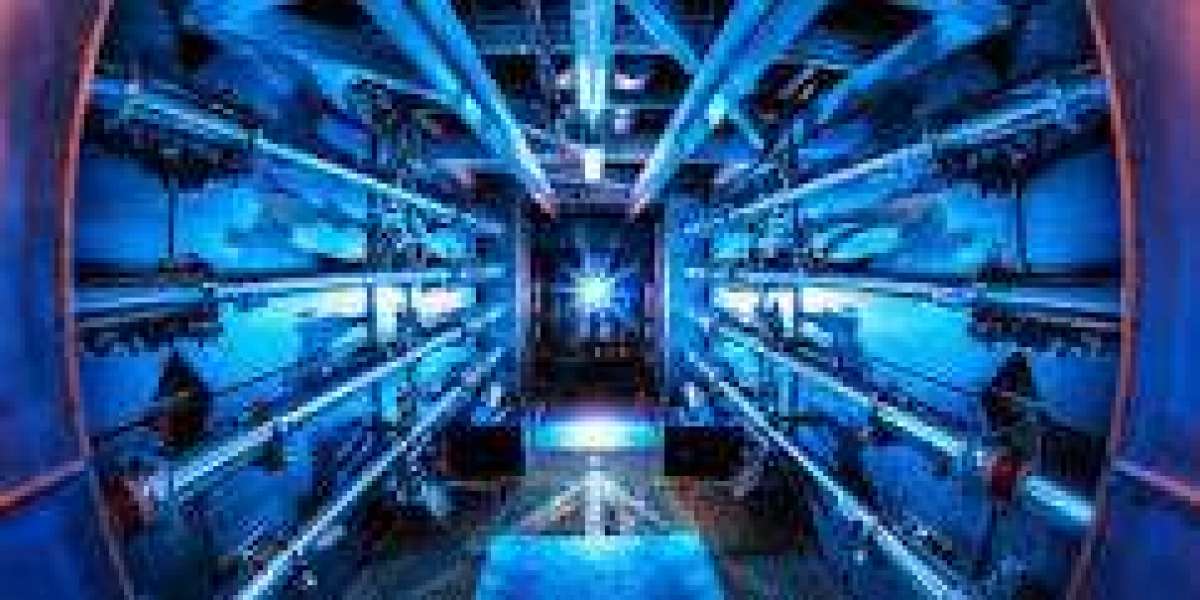Search
Popular Posts
-
 Nollywood Actor Chinedu Ikedieze (Aki) Announces Separation and New Marriage
By Ore Paul
Nollywood Actor Chinedu Ikedieze (Aki) Announces Separation and New Marriage
By Ore Paul -
 History of Tiv people in Benue state
History of Tiv people in Benue state
-
 Unlocking the Power of Google Drive Search: Introducing De Digger
Unlocking the Power of Google Drive Search: Introducing De Digger
-
 Fenerbahce Fans Honor Bright Osayi-Samuel with Graffiti Tribute
By Ore Paul
Fenerbahce Fans Honor Bright Osayi-Samuel with Graffiti Tribute
By Ore Paul -
 10 Forgotten Football Players Who Once Shined in Europe
By Ore Paul
10 Forgotten Football Players Who Once Shined in Europe
By Ore Paul



